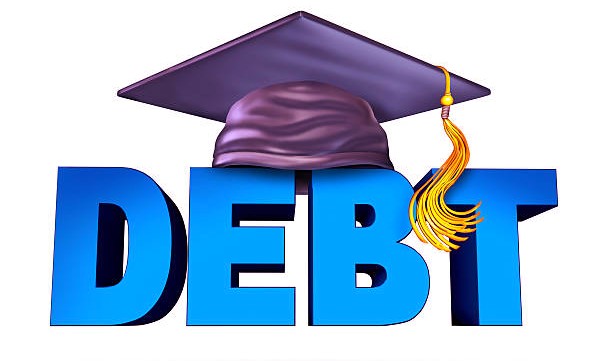Executive education is crucial to maintaining a competitive edge in today’s global economy. As the world becomes a smaller global village, ideas are moving across national boundaries and industries at unprecedented speed. Therefore, executive education will help business leaders acquire crucial skills to manage global businesses. Unfortunately, the cost of executive education is creating a prohibitive environment. The business executives enroll for executive MBAs and end up struggling with student loan repayment. Consequently, they cannot raise enough capital to start businesses, which would in turn, create employment opportunities.
If the executive education was free of charge, these business executives will afford enough capital and set up businesses, which create employment opportunities.
The department of education should work towards establishing a framework that prohibits education institutions from overcharging their students. In this post, we look at reasons executive education should be free of charge.
1. To solve the Student Debt Crisis
The rising cost of executive education is creating a serious student debt crisis. Forbes report indicates that as of 2020, the student loan debt stood at a record $1.6 Trillion. The same report shows that the average student loan debt for members of the 2018 class stood at $29,200. The student loans exceed accumulated car loans and even credit card debt. By any definition, this is a serious economic crisis. We term it as an economic crisis because the graduates end up caught in a student debt crisis with a repayment schedule spread over more than a decade.

Besides, the student debt crisis affects the lenders, as they have to cope with significant default rates. Worst affected is the federal government, often the guarantor of these student loans. The federal government should work towards making executive education affordable, it not free to all.
2. Cost of Education is No Longer Sustainable
A higher education degree has become more important and at the same time, more expensive than ever before. That dichotomy puts learners between a rock and a hard place. Should they risk being trapped in student loans for decades, or take the low paying jobs simply because they can’t afford Harvard executive MBA?
Experts have warned that the cost of an MBA in the US is no longer sustainable, forcing students to turn to the EU for affordable alternatives. Thus, to some extent, the high cost of acquiring an executive MBA from top universities in the US is trickling down some advantages to universities in the UK, and even the developing countries.
3. Student Loans Have a Health Impact on Students
The impact of financial concern among students who take loans to finance executive education has become a topic of research among health practitioners. Findings indicate student debt crisis had a health impact among the affected learners. Some learners with high student loan balances complained of sleepless nights, while others ended up depressed.
Conclusion
By all indications, there is a great need for more sustainable education system. Otherwise, learners will continue suffering heath impact because of the pressure related to repayment of high student loans. There is the need to change the paradigm, and focus on making executive education affordable to all.
- Susan Dynarski (2019),Student Debt, Stanford.edu page 3
- Ryan A. Stuart (2019), The impact of student loan debt on older adults and their retirement, page 10

